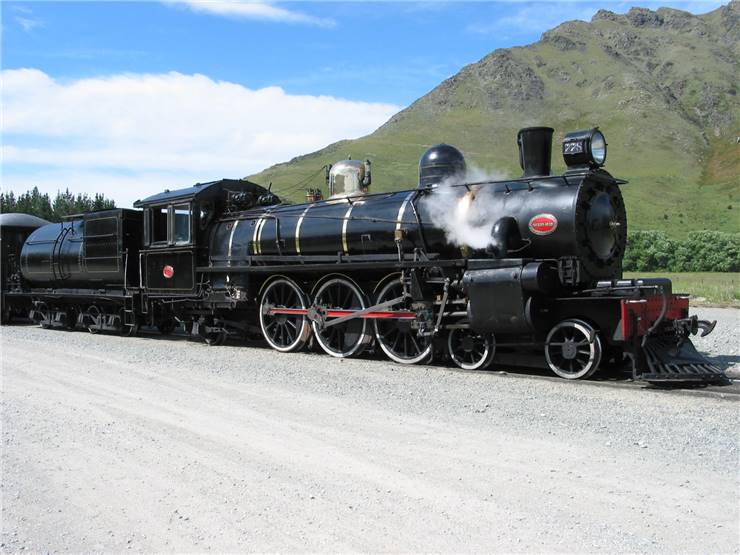Interesting and Fun Facts about Trains
- The modern age of trains begun in early 1800s after the initial patent of James Watt for stationary steam engine expired.
- Today 40% of world’s freight cargo is transported via trains, and that number continues to grow with each year.
- Early pioneers of train development were James Watt, Oliver Evans, Matthew Murray, Richard Trevithick and George Stephenson. Their innovations enabled the rise of the modern train history.
- Total area of contact between train wheels and rail is little larger than one silver dollar.
- American first steam locomotive was imported from England in 1830. Their first American build train was built later during same year.
- First railway in Great Britain was made between 1603 and October 1604 as a simple “wagonway”. Modern railways came in 1800s.
- First underground railway was also made in London. This small network of tunnels had problems with steam engine smoke, but its popularity never wavered.
- Largest modern manufacturers of trains are General Electric and EMD (Electro-Motive Diesel).
- The longest train station in England is little over 600 meters long. That’s as large as 6 football fields.

- East and West coast of North America was linked with railway network on May 10, 1866 by uniting Union Pacific and Central Pacific Railroads. This 3000 miles long railroad enabled people to travel from New York to California in mere days, instead of weeks and months.
- Great depression of 1930s almost managed to completely destroy US railway industry.
- Currently England has over 15 thousand kilometers of working railways, with 14353 used for passenger trains. Those trains go over 40 thousand bridges and tunnels.
- The longest route for one train can be made between Moscow and Vladivostok on Trans-Siberian Express railway line that is 9,297 kilometers long!
- Grand Central station in New York has 44 passenger platforms.
- Longest stretch of perfectly straight railway track is located in Australia. It is 478 kilometers long.
- 70% of all train journeys in England either start or finish in London.
- By 1840, United States had 60 different railroads in 26 states, with combined length of 4500 km.
- WW1 and WW2 could not become so big and long lasting without the help of railway networks and heavy industrial trains.
- Trains are one of the most eco-friendly ways you can travel.
- Heaviest train ever recorded weighted 95,000 tonnes! This freight train from Australia was 7.3 kilometers long and had the weight of 27 thousand fully grown elephants.
- U.S. embraced four time zones only after trains enabled fast travel across the continent.
- Currently U.S. has less than 170,000 miles of railways, but in 1916 they had over 254 thousand!
- Maglev trains can reach speeds of over 550 km/h, but by the year 2020 they will most probably come close to 800 km/h.
- Current speed record for trains is held by French TGV bullet train. He reached the speed of 584km per hour and then braked for 16 kilometers before it managed to stop.
- First commercial steam train (Stephenson’s “Rocket”) managed to reach the speed of 96 kilometers per hour in 1830.
